
So, you’ve written, shot, edited, and polished your film. You’ve poured your soul into every frame, every line of dialogue, and every sound cue. What now?
Well, welcome to film exhibition, the final stage in The 7 Stages of Production! It’s where your story finally meets its audience either in a movie theatre, streaming on a laptop, or to a packed room at a festival. It’s a proud moment as your film steps out into the world.
In today’s blog, we’ll explore the exhibition stage, discussing everything there is to know about the thrilling finish line. We’ll break down what exhibition really means, how it differs from distribution, and how the landscape has evolved, from traditional theatrical releases to the streaming-first world we live in today.
Are you sitting comfortably? Then we’ll begin…
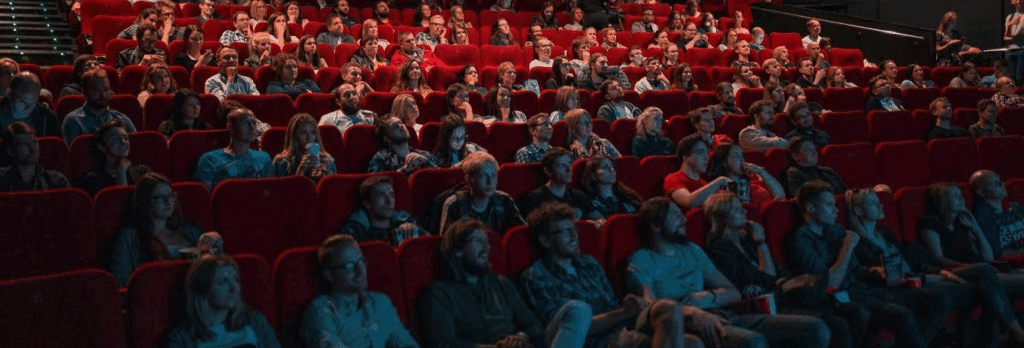
Table of Contents
- The Definition of Exhibition
- Exhibition vs. Distribution
- The Traditional Exhibition Model
- The Modern Exhibition Model
- How To Nail the Exhibition Stage with Celtx
- FAQs
- Conclusion
The Definition of Exhibition
Film exhibition is the process of presenting a finished film to an audience.
It’s the stage where your work is no longer just a file on your hard drive or a screener link. Instead, it’s a public experience!
Exhibition is all about access. It’s how viewers watch your film, whether that’s in a cinema, on a streaming platform, at a festival, or via video-on-demand (VOD). Your creative vision finally meets the people it was meant to reach.
Think of it like this: if filmmaking is a journey, exhibition is the destination.
Exhibition vs. Distribution
This is one of the most common points of confusion in the film world, especially for emerging filmmakers. While they are closely linked, they are definitely not the same.
Let’s find out why:
Distribution: The Business of Getting Your Film Out There
Distribution is the process of getting your film into the hands of exhibitors. Distributors negotiate deals, manage rights, coordinate marketing, and decide where and when your film will be available.
They’re the middle layer between you (the filmmaker) and the platforms or venues that show your film. Think of them as the logistics and strategy team behind your release.
Want a deeper dive into distribution? Check out our dedicated blog: What Is Film Distribution? A Guide for Indie Filmmakers.

Exhibition: The Act of Showing the Film
Exhibition, on the other hand, is the act of presenting the film to the public. Exhibitors are the movie theatres, streaming services, festivals, and broadcasters who actually show your film.
Think of it this way: if your film is a book, the distributor is the publisher, and the exhibitor is the bookstore or library.
Understanding this distinction is crucial when navigating the post-production and release phases. It helps you know who does what, and where your film is headed.
If you’re not quite at the exhibition stage yet, but want to document your project, you can submit an in-development page on IMDb. Click here for more.
The Traditional Exhibition Model
Okay, so let’s go back in time a moment when the gold standard of exhibition was the theatrical release. Your film would premiere in cinemas, often starting with a limited run in major cities before expanding nationwide (or internationally) if it performed well.
The model was especially dominant for studio films, but it wasn’t unheard of for indie filmmakers to pursue theatrical releases too. It would be on a smaller scale, mostly through niche distributors, regional cinema chains, or DIY screenings.
A theatrical release was seen as a mark of prestige. It meant your film was ‘real’, worthy of the big screen, and a key part of the cultural conversation.
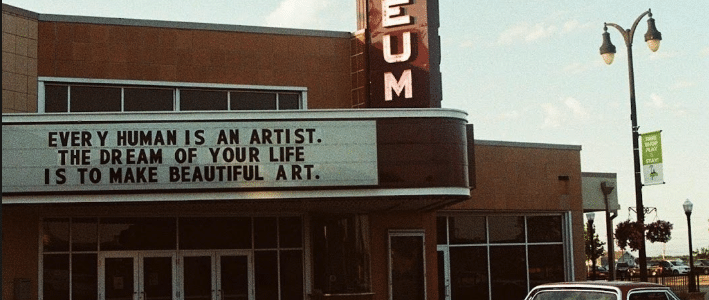
But don’t get us wrong, this model definitely came with its own challenges! High marketing costs, limited access for smaller films as well as strict scheduling and competition meant it wasn’t always the best route.
Want to learn more about the traditional exhibition model from the experts? Check out Cinema United, which represents more than 31,000 movie screens across the United States and explore theatre data and standards.
The Exhibition Window
A key concept in traditional exhibition is the exhibition window, referring to the period during which a film is exclusively available in one format before moving to another.
Let’s compare the different methods:
| Method | Details |
| Theatrical window | 90 days in the movie theatre |
| Home video window | VHS/DVD/Blu-ray release |
| TV window | Broadcast rights sold to networks |
| Streaming window | Available on platforms such as Netflix or Amazon Prime |
Each of these windows was designed to maximize revenue across different formats. But they also created delays, meaning audiences had to wait months to watch a film outside the cinema.
For filmmakers, this meant planning a staggered release strategy, often with the help of a distributor who understood the timing and market dynamics.
As we often say… filmmaking is a business first and a creative art second, especially when it comes to Hollywood!
So, how does it work today?
The Modern Exhibition Model
Today, the landscape is radically different. The rise of digital platforms has reshaped how films are exhibited, often collapsing traditional windows and offering more flexibility.
Good news, right? Well, let’s explore the modern model in more detail:
Streaming Services
Platforms like Netflix, Max, Hulu, and Amazon Prime Video have become major exhibitors. They acquire films directly, sometimes even producing them in-house, and release them to global audiences instantly.

So, what does streaming offer filmmakers?
- A wide reach (your film can be seen by millions)
- Data insights (platforms track viewership and engagement)
- Creative freedom (some services support bold, niche storytelling)
- Speed (no need to wait for theatrical windows to expire)
To answer our previous questions, it does seem like good news on the surface. However, streaming does come with its trade-offs:
- Limited theatrical exposure
- Complex licensing deals
- Less control over presentation (e.g. aspect ratio and sound quality)
Still, for many filmmakers, especially those working independently, streaming is still the most accessible and impactful form of exhibition today.
VOD (Video-On-Demand)
VOD allows viewers to rent or buy films digitally from platforms such as iTunes, Google Play, Vimeo on Demand, and Amazon Video. They allow filmmakers to set their own prices and retain more control.
You’ll find VOD is very popular for indie films, documentaries and niche genres because it’s direct, accessible, and often more profitable than the more traditional routes. This is especially the case if you already have an audience behind you.
The best part is that VOD also supports self-distribution, allowing you to bypass traditional gatekeepers and connect directly with your viewers.
Film Festivals
Festivals are a unique form of exhibition; they’re part showcase, part networking event, and part launchpad.
From Sundance and Cannes to SXSW and even indie film festivals, there’s a lot on offer for filmmakers:
- Prestige (a selection can boost your film’s profile)
- Audience feedback (you see real-time reactions to your movie)
- Distribution opportunities (many deals are struck at festivals)
- Community (you meet other filmmakers, programmers, and press)
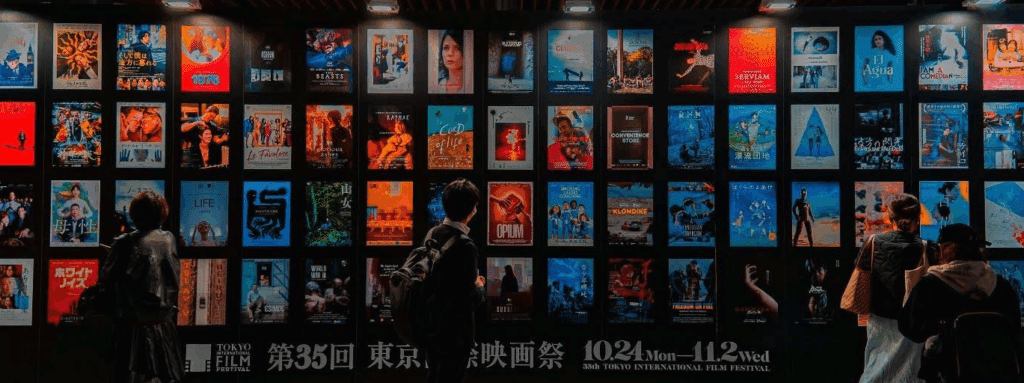
Festivals are also an awesome testing ground for your movie. A strong festival run can lead to wider exhibition through streaming, theatrical release, or broadcasting.
And as for short films, festivals are often the primary route for exhibition. They offer visibility, awards and momentum, great if you’re just starting out on your filmmaking journey!
If you’re someone who loves numbers and data, then this article from Fabric Data documents the rise of alternative release strategies over the past few years. It certainly makes for insightful reading!
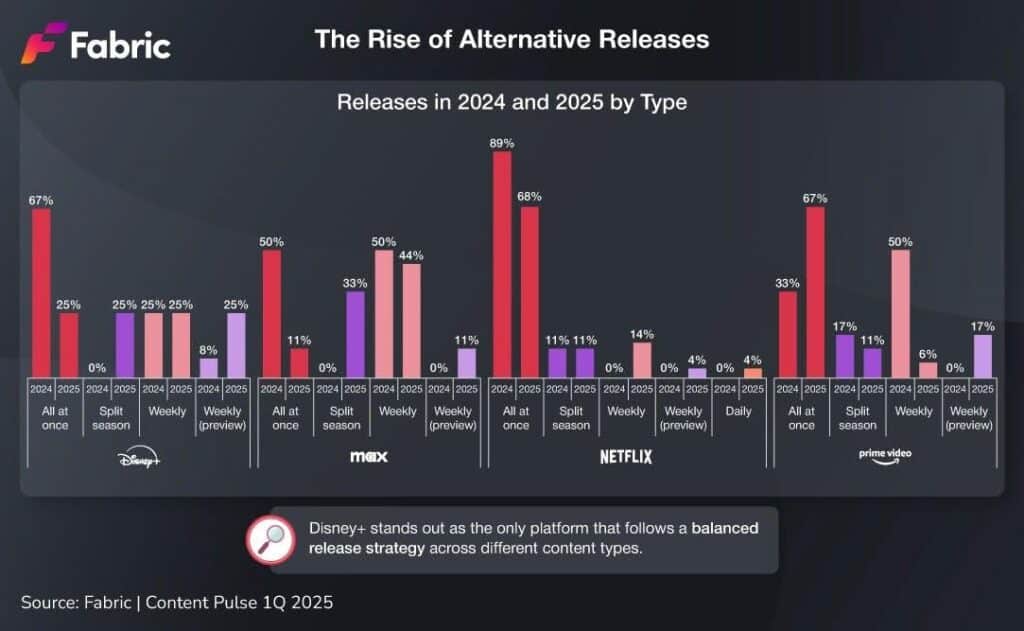
How To Nail the Exhibition Stage with Celtx
By the time you reach exhibition, you’ve probably aged five years and questioned every creative decision you’ve ever made. But here’s the good news: Celtx doesn’t clock out after the shoot wraps. We’re always in your corner, ready to help you get your film into the big, wide world. From pre-production to post-production and beyond, you can always rely on Celtx.
When it comes to exhibition, you shouldn’t just upload your film and hope for the best. Organization and strategy are key, especially when it comes to preparing your festival submissions.

If you need to prep a festival package, Celtx has your production reports, shot lists, and call sheets ready to go. And if you need to impress a producer or streaming platform, we make it easy to share your project files in real time, so everyone’s working from the same playbook. Our cloud-based platform means you’re not digging through email threads or endless Dropbox folders at 2am.
And it’s not just about having the right materials but having them look professional. When your materials feel professional, your film feels professional. Our templates and pre-loaded resources help you show up like you mean business, whichever exhibition route you choose to pursue.
Celtx connects every stage of your creative process in a single, seamless workflow.
Sign up today!
FAQs
The exhibition window is the time period during which a film is shown in one format before moving onto another. For example, a film might be exclusive to movie theatres for 45 days before hitting streaming services.
These windows are shrinking in the digital age, but they still matter, especially for theatrical releases and awards eligibility.
Some platforms do offer day-and-date releases, where a film is available in cinemas and online at the same time. Others will use tiered window, offering early access to subscribers or premium users.
A film exhibitor is any entity that presents a film to the public. Just like:
– Cinemas and multiplexes
– Streaming platforms
– TV networks
– Film festivals
– VOD services
Exhibitors are the final link in the chain as they’re the ones who make your film visible to your audience.
It also isn’t unheard of for some exhibitors to act as distributors too (e.g. Netflix), while others work with third-party distributors to acquire content.
Often, they do both! Major platforms like Netflix and Amazon act as distributors and exhibitors. They acquire films, manage rights, and present movies directly to audiences.
In other cases, a distributor may license a film to a streaming service who then handles exhibition.
It totally depends on the deal. Some filmmakers sell all rights to a platform, while others retain control and negotiate exhibition terms separately.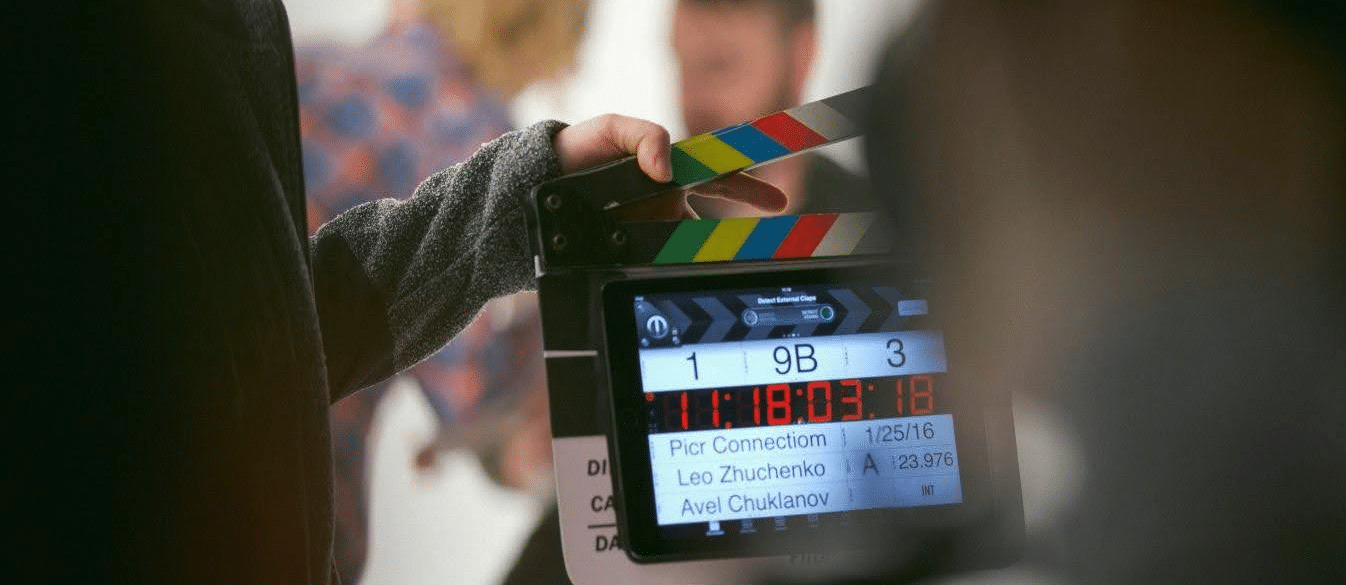
A theatrical release is when a film is shown in cinemas. It can be wide (a nationwide or global release), limited (select cities or venues), or platform (a gradual rollout based on performance).
Theatrical releases are still renowned, especially for awards consideration. But they’re no longer the only path to success which is hugely exciting! In fact, many films now skip cinemas entirely, opting for streaming or festival premieres. Others use hybrid models, combining theatrical runs with digital releases.
Conclusion
Exhibition is the final stage of production, but it’s also the beginning of your film’s life in the world. It’s where your story finds its audience, sparks conversations, and leaves its mark.
Whether you’re aiming for a theatrical release, a festival premiere, or a streaming debut, understanding exhibition helps you make smart, strategic choices. While it’s great to get your film out there, it also needs to be seen!
And remember: Celtx’s tools support every step of the journey. From scriptwriting to scheduling, budgeting to shot lists, Celtx helps you build your film from the ground up and get it across the finish line.
So, here’s to the final stage. To the applause, the reviews, the quiet moments when someone watches your film and feels understood. That’s what exhibition is all about.
Ready to finish your film and share it with the world? Start for free today.
Up Next:
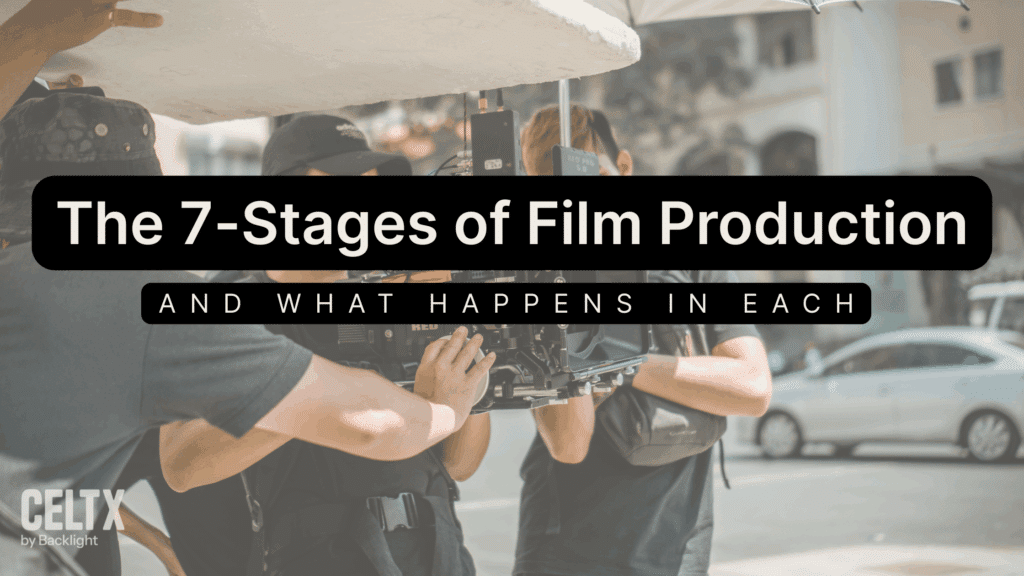
The 7 Stages of Film Production: From Idea to Screen
Now that you’ve reached the final stage, go back to the beginning. Revisit every step of the filmmaking process and see how it all comes together on screen.
